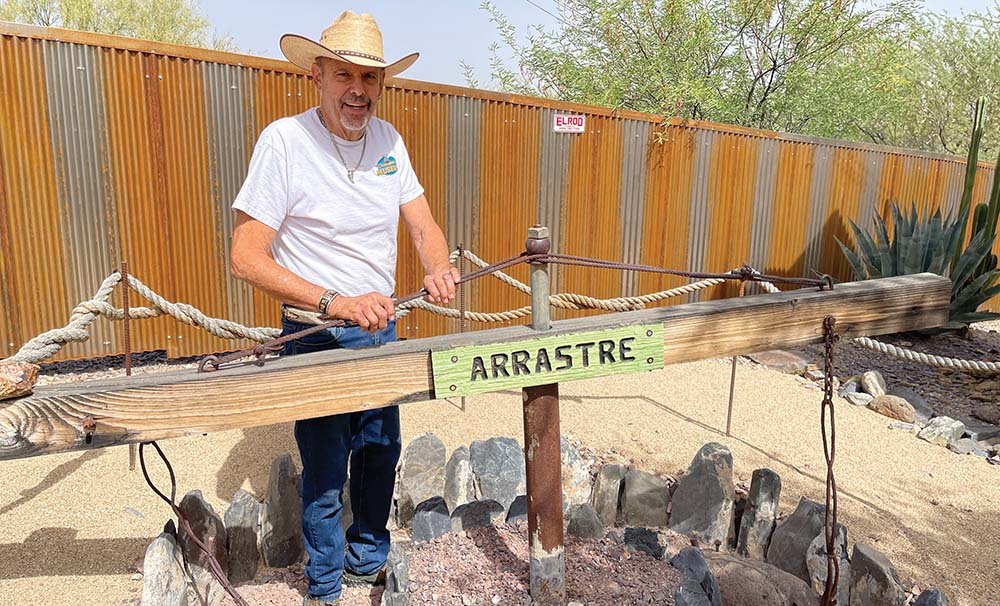News
Discover the Rich Heritage of Mining at Cave Creek Museum’s Fascinating Arrastre Exhibit

Cave Creek Museum in Arizona features an authentic arrastre, a historical tool used during the early days of mining. This primitive milling device was essential for grinding gold and silver ore, showcasing the arduous methods employed by prospectors.
Greg Barnhart, a mining expert and member of the museum’s Dream Team, explains that the arrastre consists of two or more heavy stones in a circular pit, which are connected by a long arm to a central post. A horse or mule powers the mechanism, dragging the stones around to crush the ore effectively.
Originating in the 16th century, the Spanish brought the arrastre to the New World. The term “arrastre” derives from the Spanish word “arrastrar,” meaning to drag along the ground. This simple yet efficient device was suitable for small or remote mines, as it could be constructed from locally sourced materials at minimal cost.
Gold extraction involved a process called amalgamation, where miners mixed mercury with finely ground ore. The mixture was further processed to separate gold from the mercury, which was collected for reuse after purification.
The arrastre at the museum serves as a poignant reminder of the challenges miners faced in their pursuit of gold. “Miners worked extremely hard in harsh conditions for the little bits of gold they were able to capture,” Barnhart remarks.
The Cave Creek Museum, established 54 years ago, aims to preserve the rich history and culture of the Cave Creek Mining District and surrounding areas through education and interactive exhibits. Located at 6140 E. Skyline Drive, the museum welcomes visitors from October to May. For more information, call 480.488.2764 or visit cavecreekmuseum.org.


















